I got a cheap RCWL-0516 microwave doppler radar proximity sensor module to evaluate. The RF part of this has surprisingly few components (what looks like a MMBR941M NPN and a hand full of passives)... but I think more important is the microwave magic PCB design. There is very little hard information available for this (eg even the operating frequency is left unstated.. I found mine at 3.181GHz!). My aim is to try to document the workings of this module as much as possible. I'm making my research available on GitHub (link below).
Unfortunately microwave is voodoo magic to me. I wonder can anyone with microwave design expertise have a quick look over my research to date and provide me with pointers for further research?
The GitHub repository is here: https://github.com/jdesbonnet/RCWL-0516
There is also a datasheet for this module, unfortunately for the non-Chinese, it is in Chinese language.
Update (13 Jan 2017): the best explanation I've found so far is a patent which describes another module (a 5.8GHz module available from ICStation SKU 9552): https://patents.google.com/patent/EP3091605A1/en
